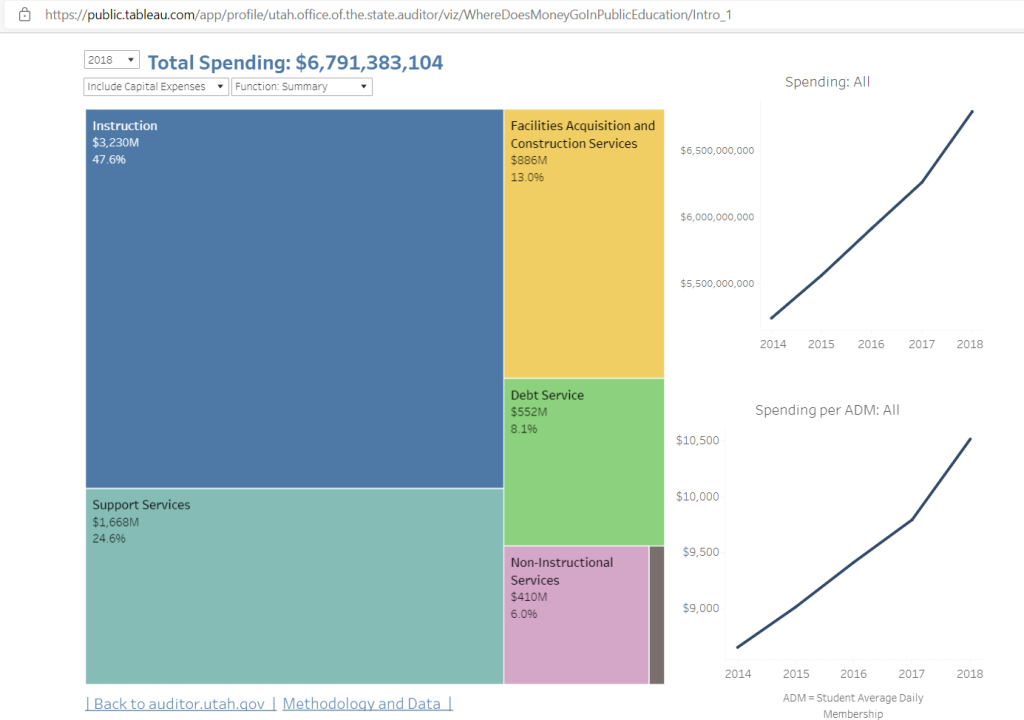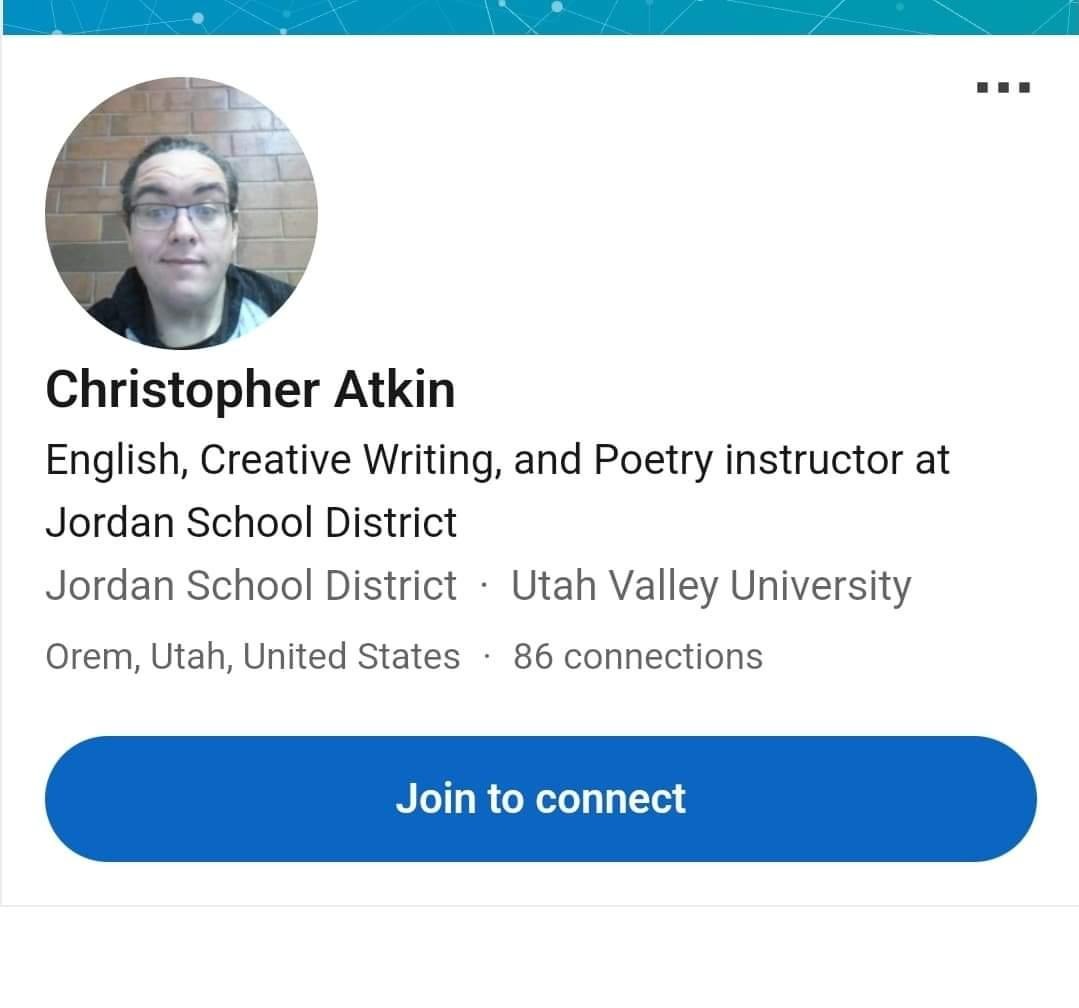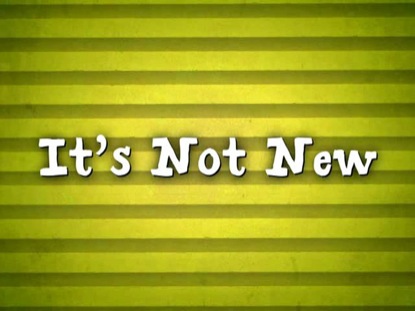There’s a lot of conversation about school choice right now in Utah. Our state is a bit of an outlier in that families have wide latitude in sending their kids to the schools of their choice, whether those options offer public, private, charter, dual-enrollment, or home-based instruction. Even better, non-traditional routes like homeschooling and private schooling have the added advantage of being free from the Federal regulations which bind public or public-private hybrid institutions that accept Federal funding.
As the spending graphic illustrates, almost $7 billion dollars is spent on Utah public education–close to 12% of that comes from the Federal government. This isn’t an insignificant amount, and currently is inseparable from state spending on education, including all the strings attached.
The issue of how Federal funds potentially impact school choice is just the tip of the iceberg, however. Here are a few more inevitable questions to consider on school choice efforts like Education Opportunity 4 Every Child being promoted in Utah now:
1) School choice for whom? The school choice bill that is currently being floated at the legislature is touted as if every kid will be able to get full PPE (per pupil expenditure) money–approximately $9,000 a student in Utah– to take to any school of choice.
Before moms fed-up with public schools get too excited, please know that what’s actually being offered is not guaranteed tuition — rather, it’s an ESA, or an Educational Scholarship Account, meaning that students have to apply and qualify for it. Funds are limited to begin with, with no promise of being widely available to all students. The only students that would qualify for the full amount are those who are considered economically disadvantaged and then lesser amounts would be awarded to other kids if there were any funds left.
So when proponents of this particular school choice bill advertise it as, “You can take this money and use it on any type of school that you want,” that isn’t necessarily true. You have to submit personal financial information to the government. There’s no specific information on whether a student would have to qualify annually as of yet, which obviously could create a volatile funding situation for parents who think that this is a set amount of money they can count on from year to year. Regardless, it can’t be denied that this is wealth redistribution, as those who pay little to nothing in local taxes toward education will derive the most direct financial benefit.
2) Another question comes in who will administer such a program, and how much oversight the Utah State Board of Education will have over who administers the program. If the point of an ESA is to give parents “their money back” to do with as they please, then putting the USBE in a position to determine how that happens and who it happens through puts parents at their mercy. The USBE doesn’t represent parents but rather its own interests, and can, using its administrative rulemaking authority, interpret and implement legislative provisions as self-servingly as it likes.
3) A third concern is the idea of strings attached should this program be applied to homeschools — will whoever administering this program require receipts or proof of how the money will be spent in order to ensure accountability? Will homeschool teachers be required to be accredited or licensed in any way, shape, or form? What about making homeschoolers obtain tax-identification numbers? Will homeschoolers be held accountable to Federal standards under OSHA or the Department of Health? There’s no telling how much scope creep will take place, thus placing homeschoolers at real risk of government regulation.
4) A fourth critical issue is that should this program be successful enough it could lead to the dissolution of local school boards. Currently with the way many school boards in Utah are run, that doesn’t sound like all that awful of an idea, honestly. But then the question of what will rise up in their place needs to be asked; in other words, what entities are well-funded and well-positioned enough to supplant the representative government of local school boards?
If you are thinking about Big Tech organizations, give yourself big time points. Right now at least we have a form of representative government through our local boards, even if it is dysfunctional. But should the funding follow enough students away from government schools, it won’t be long until people realize that local school districts can’t compete for students like Big Tech-backed charters. Which still doesn’t sound all that bad until you realize what Big Tech is very, very good at doing — collecting Big Data. In fact many Big Tech entities (Chan Zuckerberg, Bill & Melinda Gates, etc.) are doing this right now through the public schools .
But should Big Tech control the schools, its power to collect data and determine the content of curriculum would be essentially limitless, and there would be no effective checks and balances because of its economic power to saturate and dominate the education market once local representative control has disappeared. Amazon’s not-so-secretive ambitions to enter the educational landscape in the footsteps of Google is a harbinger of this tech-dominated future.
5) And where do private schools end up in this scenario? Doomed to extinction, if this report of religion-based schools in Pennsylvania serves as a model. Private schools, particularly parochial ones, will find it increasingly difficult to compete in a marketplace where their main competition is subsidized by Federal funds AND by the deep pockets of tech barons. Should the religious private schools be tempted to accept students backed by Federal funds, then the goals of church would become subject to state, and these institutions would lose the religious freedom underpinning their very existence.
It’s almost a no-win situation, unless citizens get the courage to say no to Big Government and no to Big Tech all at the same time. And what’s the probability of that happening?








 Periodically in your inbox. Subscribe Below.
Periodically in your inbox. Subscribe Below. 